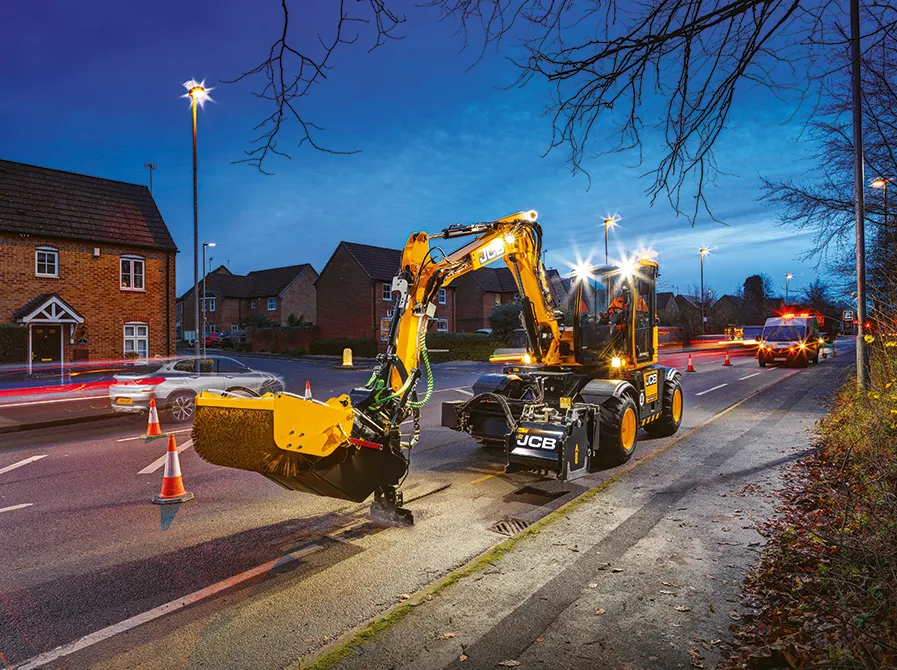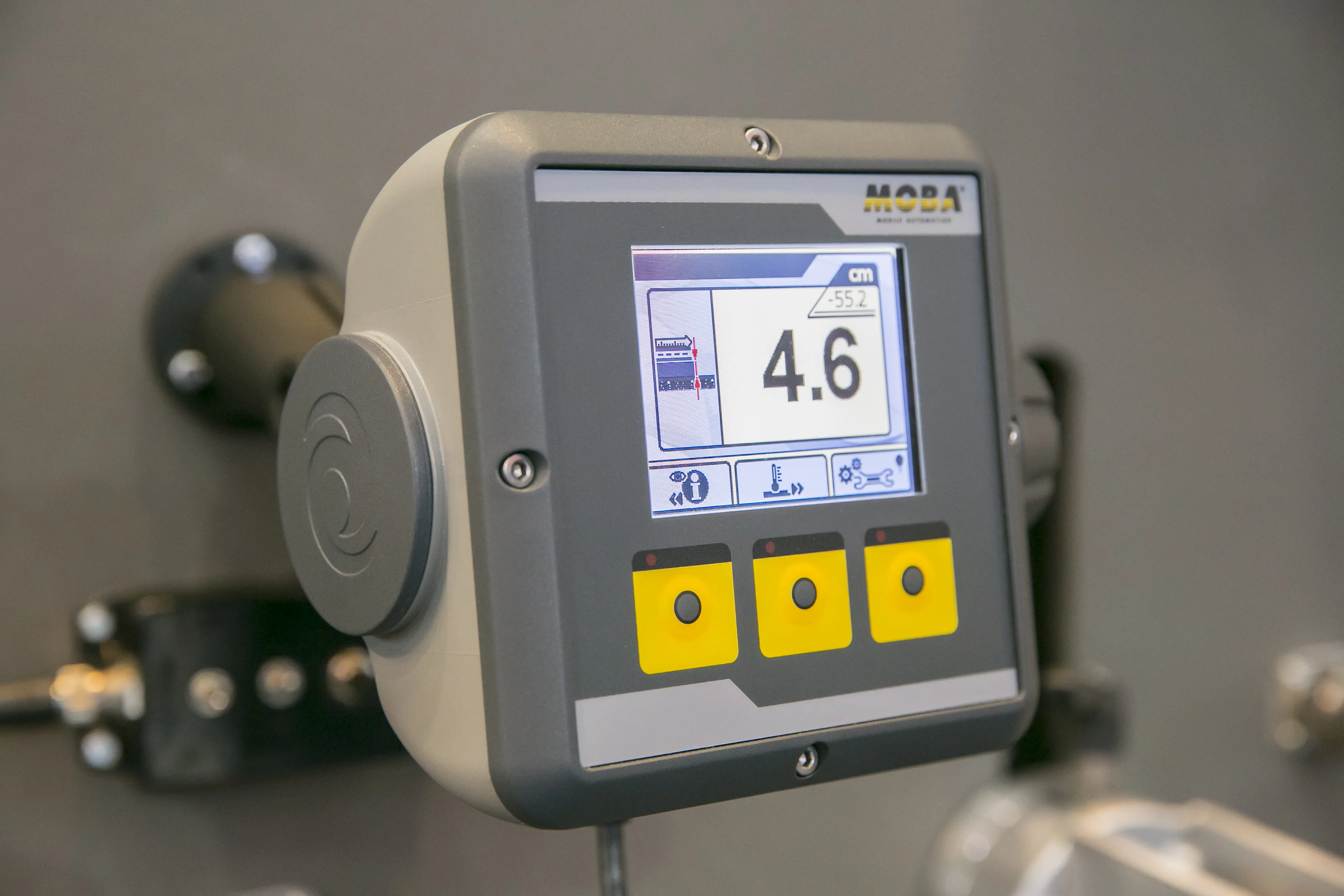How many workers does it take to get back under control a concrete buffer that won’t be tied down? Quite a lot, apparently, as this video shows. The real question is, which cement-head lost control of his buffer in the first place?
May 12, 2016
Read time: 1 min
How many workers does it take to get back under control a concrete buffer that won’t be tied down? Quite a lot, apparently, as this video shows. The real question is, which cement-head lost control of his buffer in the first place?









